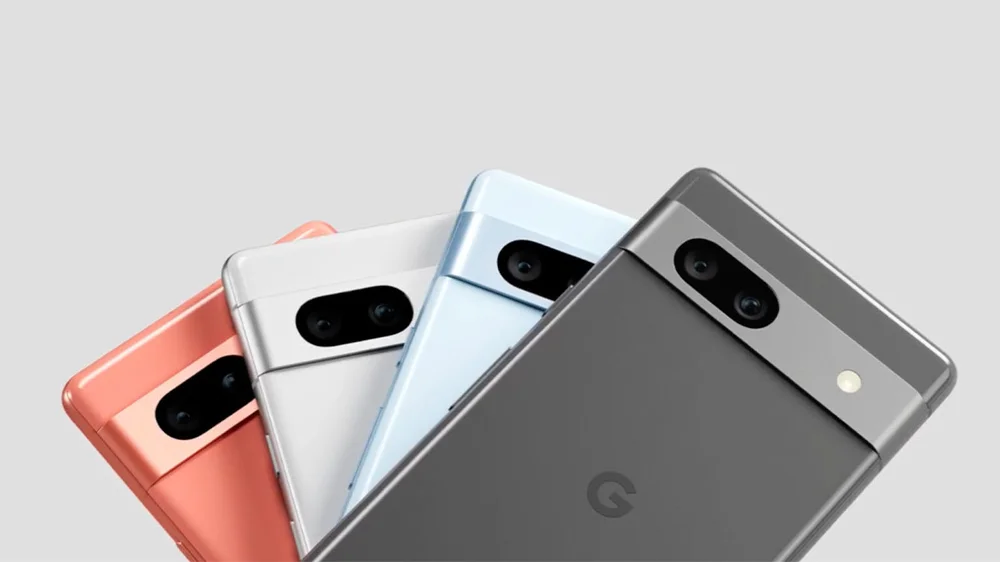The Pixel ‘A’ series from Google is primarily aimed at the global budget smartphone market, although the definition of “budget” in India may not always align. For instance, the Pixel 3a was launched in India at Rs. 39,999, offering exceptional camera quality with a single camera but falling short in terms of processing power and waterproofing. The Pixel 6a, priced at Rs. 43,999, was the first in the series to somewhat justify its price but still lacked the premium appeal and certain basic features compared to its competition.

However, with the introduction of the Pixel 7a, Google appears to have made significant progress, focusing on specifications, design, and premium features. Let’s delve deeper into what sets it apart.
The Pixel 7a is available in a single variant with 8GB of RAM and 128GB of storage. It comes in three colors: Charcoal, Snow, and Sea. The device is priced at Rs. 43,999 in India, which matches the launch price of the Pixel 6a. The package includes a USB Type-C to Type-C cable and a quick-switch adapter, but no charger.
In terms of design, the Pixel 7a showcases a refreshed look. The front display is protected by Corning Gorilla Glass 3, while the rear panels (above and below the camera band) are still made of plastic. The camera band and frame now sport an upgraded appearance, resembling the design of the Pixel 7 series. The band, housing the two rear-facing cameras, is made of metal and seamlessly blends with the rounded metal frame on the sides.
Like its predecessor, the Pixel 7a maintains its IP67 rating for dust and water resistance. Overall, it exudes a premium look and feel, especially when compared to the older Pixel 6a.
The display has also received an upgrade. While maintaining the same form factor as the previous model, it now boasts a higher refresh rate of 90Hz. The 6.1-inch full-HD+ OLED display also supports HDR playback, enhancing the fluidity of the Android 13 software experience and improving gaming performance.
A major enhancement in the Pixel 7a is the inclusion of the Tensor G2 SoC, also featured in more premium devices such as the Pixel 7 and Pixel 7 Pro. This marks the first time a Pixel A-series device has been equipped with 8GB of RAM, surpassing the limitations of previous models, which offered only 4GB or 6GB.
The cameras have undergone significant improvements as well. The Pixel 7a boasts a 64-megapixel primary camera with optical image stabilization (OIS), enhancing zoom capabilities through Google’s Super Res Zoom feature. It is accompanied by a 13-megapixel ultra-wide camera, while the front features a 13-megapixel selfie camera – all upgraded from the previous model.
Additionally, the Google Tensor G2 SoC in the Pixel 7a enables new camera features, including Unblur in the Photos app, faster Night Sight, and Long-exposure modes, which were not available on the Pixel 6a.
However, there has been a slight decrease in battery capacity, with the Pixel 7a featuring a 4,385mAh battery compared to the 4,410mAh capacity of its predecessor. Wireless charging has been added, aligning with the trend seen in many mid-range devices, such as the Nothing Phone 1.
The Pixel 7a from Google presents a substantial upgrade over the Pixel 6a. It exudes a more premium feel, both in terms of design and added features. However, the question remains whether these upgrades are sufficient to compete against the current range of Android phones in India.